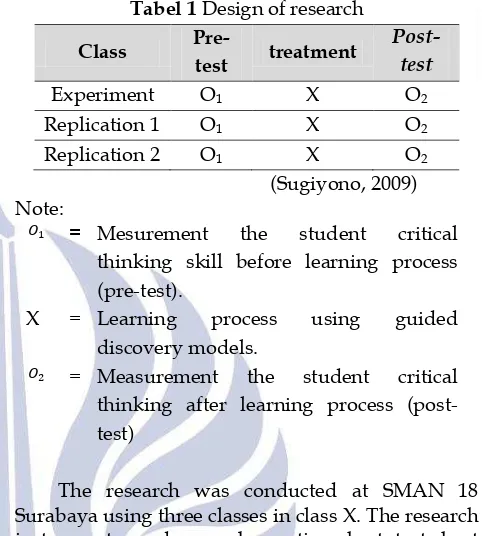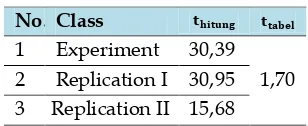21510 25527 1 PB
Teks penuh
Gambar


Dokumen terkait
Pemberian berbagai perlakuan Aplikasi insektisida pada pertanaman kubis juga berpengaruh terhadap jumlah individu dari Arthropoda masing-masing yaitu 627 ekor
Tapin menyatakan pelelangan gagal jika ”tidak ada penawaran yang memenuhi persyaratan dalam evaluasi penawaran”, dengan demikian maka pelelangan paket tersebut di
Teman-teman peneliti Fitriani, Fithri Hervianti, Fatimah Sihotang, Iim Pratiwi, Cici Fitri Lestari, Ilham Fahri, Angga Fajar Anshari, Ichram serta rekan-rekan mahasiswa Program
Persiapan dan tahapan pegolahan serat tunggal dari serabut kelapa secara rinci meliputi kulit kelapa dibelah menjadi beberapa bagian searah dengan arah serat tunggal,
Bidang dan Kegiatan Usaha Perdagangan dan Distribusi Perlengkapan Elektronik dan Telekomunikasi dan Bagiannya Jumlah saham yang ditawarkan 111.112.000 Saham Biasa Atas Nama
Oleh karena itu, dapat dilakukan penelitian lebih lanjut tentang penentuan lokasi yang sesusai untuk budidaya rumput laut di Kota Batam ini agar masyarakat di
hak pemegang rekening Efek atas manfaat tertentu berkaitan dengan Efek yang dicatat dalam Penitipan Kolektif dalam rekening Efek pada Perusahaan Efek, Bank Kustodian atau
Berdasarkan hasil pengolahan yang didapatkan dengan program HC-plot, dapat dinyatakan bahwa penyebab gempa bumi Ransiki yaitu sesar Yapen dengan mekanisme sesar geser